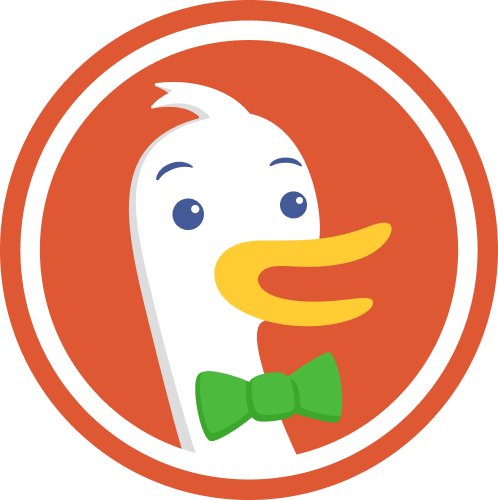AI is optional, privacy isn't

Welcome to the September edition (that slipped into an October release) of the Open Home Foundation newsletter, the place to learn about the latest and greatest things for your smart home that improve its privacy, choice, and sustainability.
The Open Home newsletter is written by Paulus Schoutsen - President of the Open Home Foundation, and founder of Home Assistant. Was this email forwarded to you? Subscribe here!
Twelve years ago I put the first version of Home Assistant online. It was a simpler time, most devices weren’t smart, big tech wasn’t after our home data, and AI was just an academic exercise.
The world hasn’t stopped changing, but neither have we. What started as a small Python script to control the lights based on the sun, has grown into the Open Home Foundation. A non-profit, supported by a vibrant community, that is working on building a better smart home.
On our 12th Anniversary, I couldn’t be prouder of what we have achieved here. This isn’t the achievement of one person but a group effort, and this year’s anniversary showcased just a small sample of their amazing work. Our software was hard to use, yet the community that spun up around it made it more approachable and welcoming. Whether that was by helping each other on the forums, in Discord chats, or by making written and video tutorials. Thanks to everyone who is with us today, part of our community, and helping to share the love.
Our organization is a prime example of how great technology can exist without the backing of billion-dollar companies, or the need to show ads or sell user data. We are fully funded by the community, with no external parties having any power over us. That is badass! And that’s why we keep building things that don’t make commercial sense, but mean everything to our community, their home, and their privacy.
The guidelines for integrating AI
Speaking of massive changes over time, AI is supposed to be changing everything, but I can tell you one thing it won’t affect is our core principles. Today, I want to talk about how the Open Home Foundation is approaching integrating this technology into what we build. A few weeks ago, I published an article on all the cool things that are possible with AI in Home Assistant today. To build such things, we’ve set ourselves a couple of guidelines to ensure we don’t get lost chasing AI for technology’s sake, but instead put our users first.
1. No AI is always a choice
Open Home Foundation projects will never require AI to function. For instance, in Home Assistant, if you choose to enable AI, you’ll have access to some nice quality-of-life features, like suggesting the name of an automation or advanced image recognition. All this is totally optional, and we will never place AI in the critical path of a reliably functioning smart home. For example, many in our community are experimenting with LLMs to enhance their home voice control. But if all you want is fast, reliable voice control of your home, you don’t need an LLM, as this can be done entirely locally with Speech-to-Phrase, Assist, and Piper.
2. AI is not the feature, it enables features
Features should be named after what the feature does. For instance, it is a red flag to have buttons like “Enhance with AI” or “AI Magic”. Recently, we added a feature that uses AI to automatically suggest the name, description, and labels for an automation. In the naming dialogue, this feature is called “Suggest”. AI is merely an implementation detail, and companies are far too eager to hype the AI angle compared to how it improves the user’s experience. They have shareholders to please, we do not, and users’ experience is what we prioritize. With AI, we will always try to be transparent on what a feature does, and explain how the technology enables that feature.
3. All AIs are welcome
A core value of the Open Home Foundation is choice, and our projects, like Home Assistant, are all about giving our users every option under the sun. We are making sure that they can leverage both AI models running locally and those provided by cloud vendors. In our Works With Home Assistant partner program, every certified device must provide local control. We do that because local control best protects privacy and keeps devices working regardless of the state of the manufacturer. We believe the future of AI in the home will be local, and we’re working towards that future. Cloud models have their advantages, and we’re not going to shun any models our users want to use. Users own the data in their homes, and they can choose what parties to share it with.
4. The user is in the driver’s seat
The user has the ultimate control over when and where AI is used in Open Home Foundation projects. That means that Home Assistant will not automatically enable features that use AI in the background. All features are on an opt-in basis. When it comes to voice, the user is able to limit what parts of the system it has access to. For example, it can choose not to allow it access to locks or other security-related devices.
Finding that balance
It’s our goal to take a measured approach to AI, not ignoring the power of this cutting-edge tool, but also not being utterly consumed by it. If you’ve watched any recent big tech keynote, you’ll see their approach is to put it into everything and worry about the ramifications later. What our community is doing with this technology is truly special, as they are able to explore and expand the capability of the smart home, while not losing their fundamental rights of privacy and choice.
DuckDuckGo continues its support of the foundation
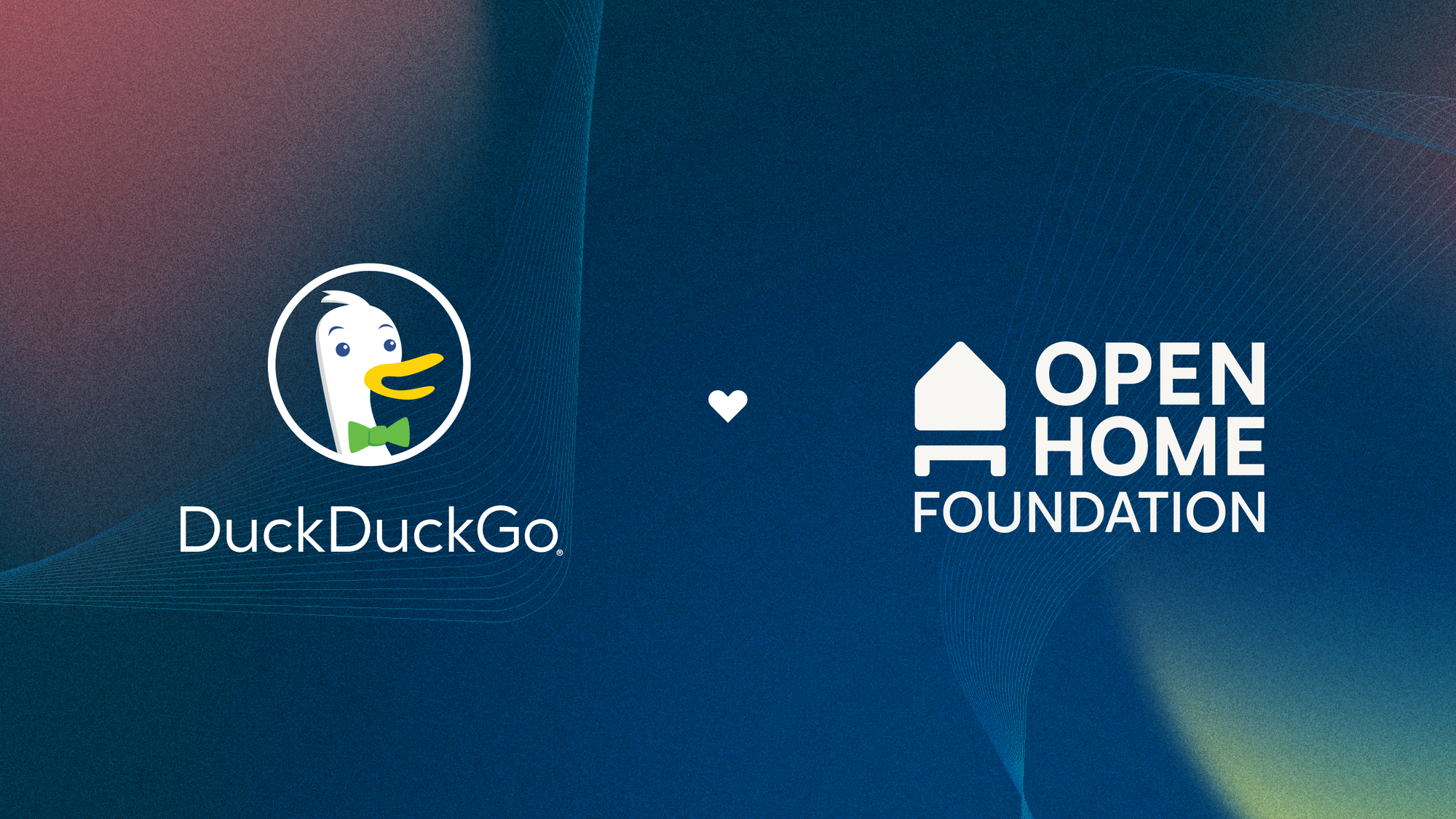
We’re thrilled that DuckDuckGo has announced that they will once again make a donation to the Open Home Foundation. Last year, they provided their first donation of $25,000, and this year they have doubled it to an incredibly gracious $50,000!
DuckDuckGo has built a reputation as the go-to privacy search engine, but their work goes much further. They develop tools that put people in control of their online lives, and they consistently reinvest in organizations working toward a healthier, more private digital world. Their renewed support strengthens our shared mission: ensuring that your smart home can be private, open, and built to last.
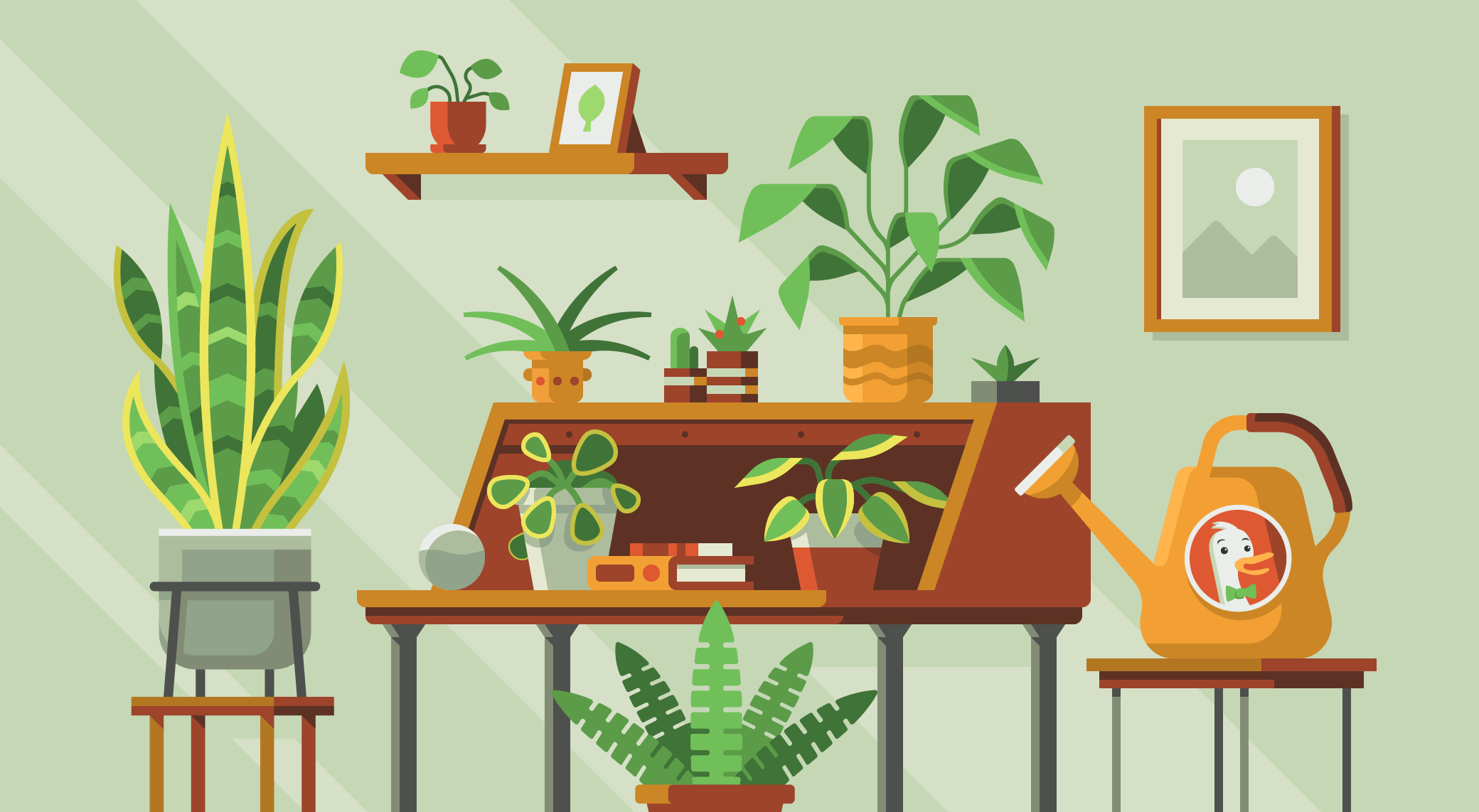
Upcoming Meetups
Home Assistant meetups are amazing fun, you get to talk about your favorite hobby and meet fun people (which sometimes includes me and other Open Home Foundation staff). Stay ahead of all our meetups by subscribing to our Luma meetup calendar. We have a couple on the calendar,
- San Diego meetup - October 27 - we set this up off the back of our trip to a Z-Wave Alliance Summit.
- San Francisco meetup - October 27 - we’ll be at GitHub Universe, so expect to see some foundation staff at this meetup.
- Hasselt (Belgium) meetup - November 28 - this is hosted by the local community!
This month in the news
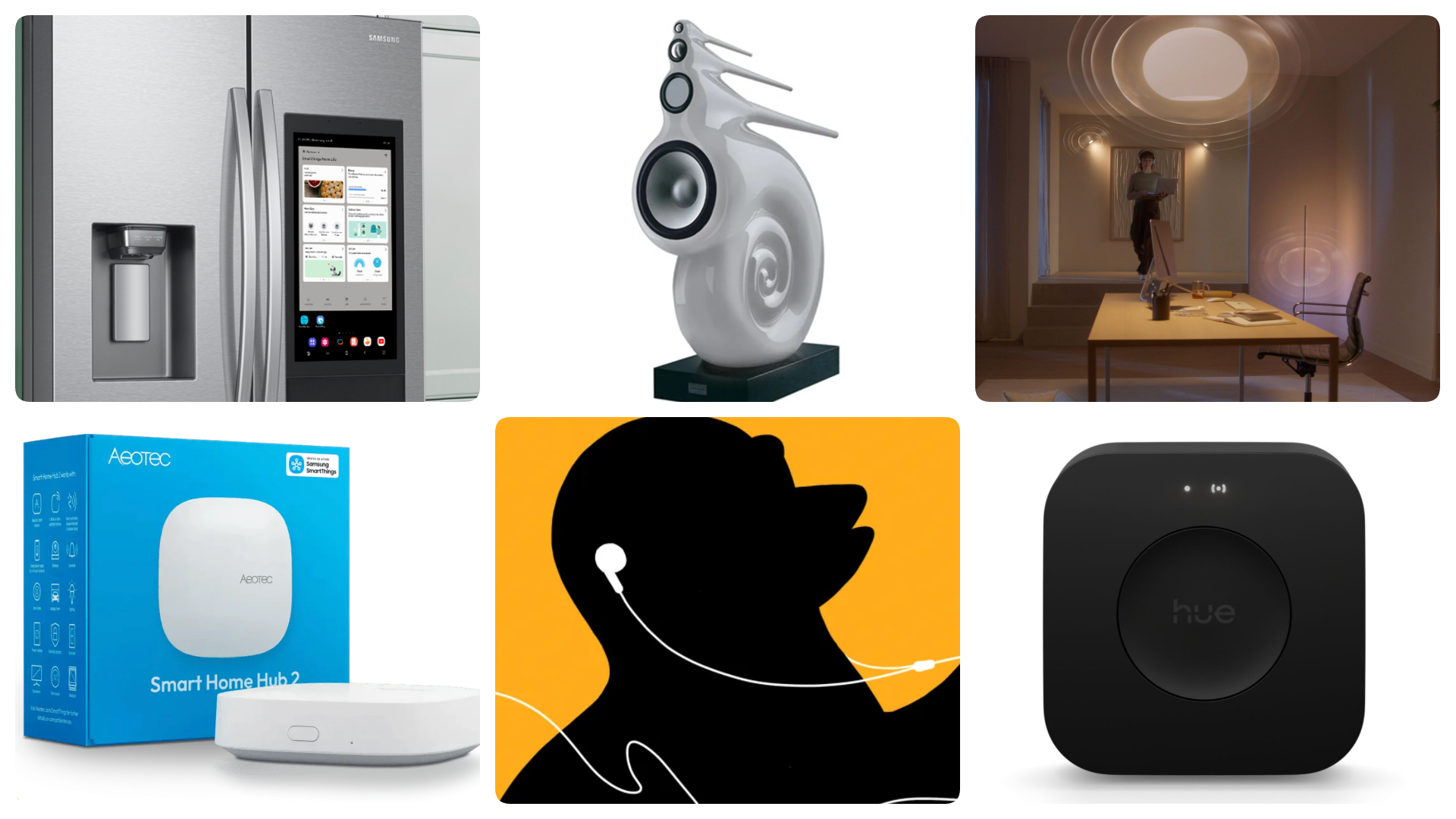
Chill out, Samsung
When people used to criticize the excesses of the smart home, they would always point to the smart fridge as an IoT device too far. I can imagine a smart fridge that truly helps you manage food waste and personal health… on the other hand, all Samsung can imagine is another advertising medium 😩. Despite Samsung saying they had “no plans” to do this, well plans change, and cloud-connected devices are super easy to fill with ads after the fact. Samsung has explained that these ads on their refrigerator screens are curated and can be dismissed – cool 🥶, why not dismiss them forever?

Samsung isn’t just content with controlling everything you look at, they also want to control everything you hear. They bought legendary audio company Harman many years ago, owners of AKG, B&O, JBL and the list goes on. This Samsung subsidiary is now gobbling up the rest of the audio world, recently picking up the Sound United group that owns B&W, Denon, Marantz and more.
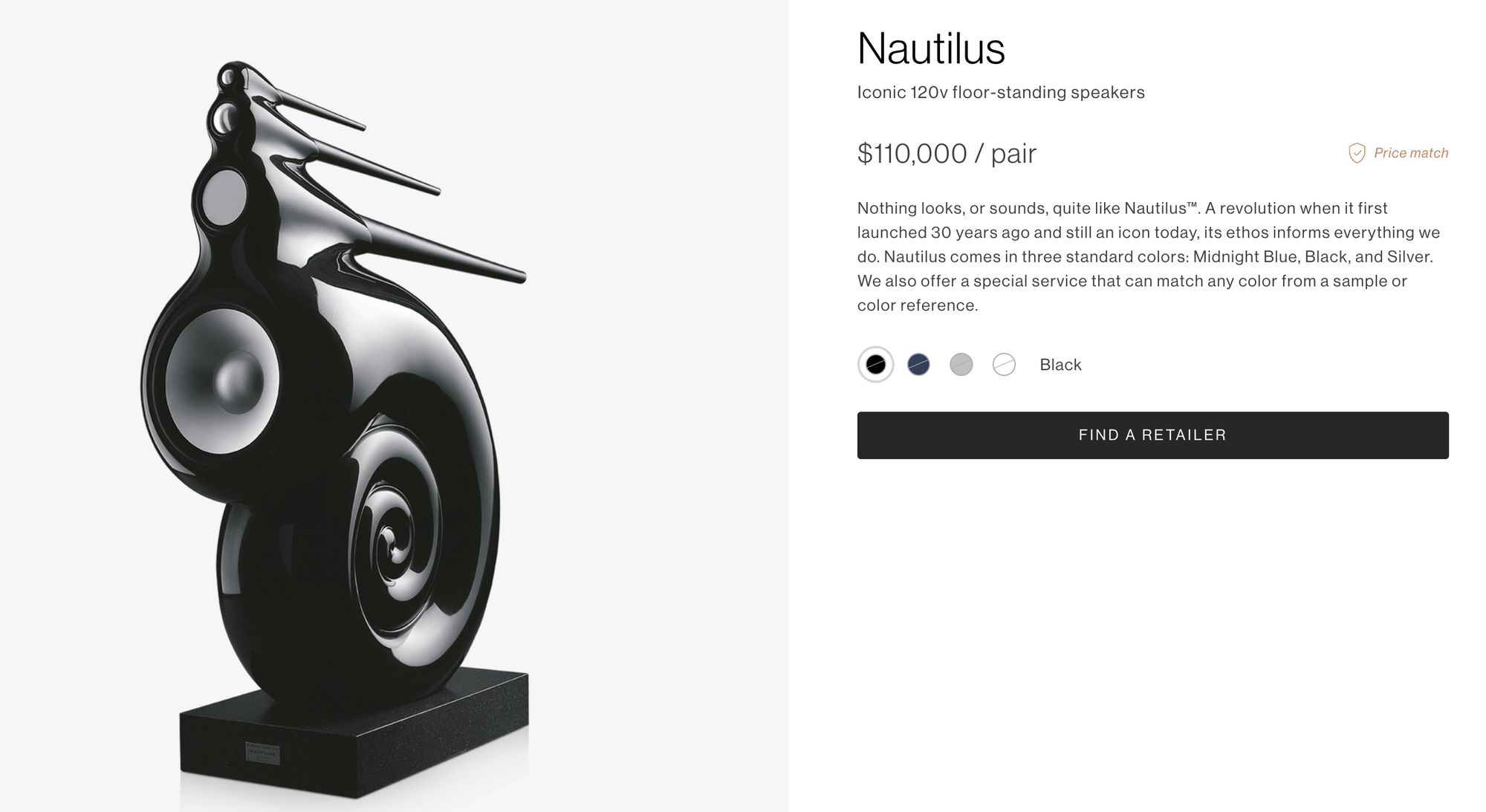
Consolidation of any industry is never good. Innovation thrives when many players are trying different things. But hey, maybe with all this audio industry prowess, they can finally release their Bixby smart speaker they announced in 2018 😉.
A Hue chapter
I’ve mentioned it before but the very first device to be added to Home Assistant was my Hue light bulbs. It was their very capable local API that encouraged me to start this project, but also the limitations of their platform that pushed me to build Home Assistant. A short 12 years later Hue is looking to address this capability gap with their new Hue Bridge Pro.
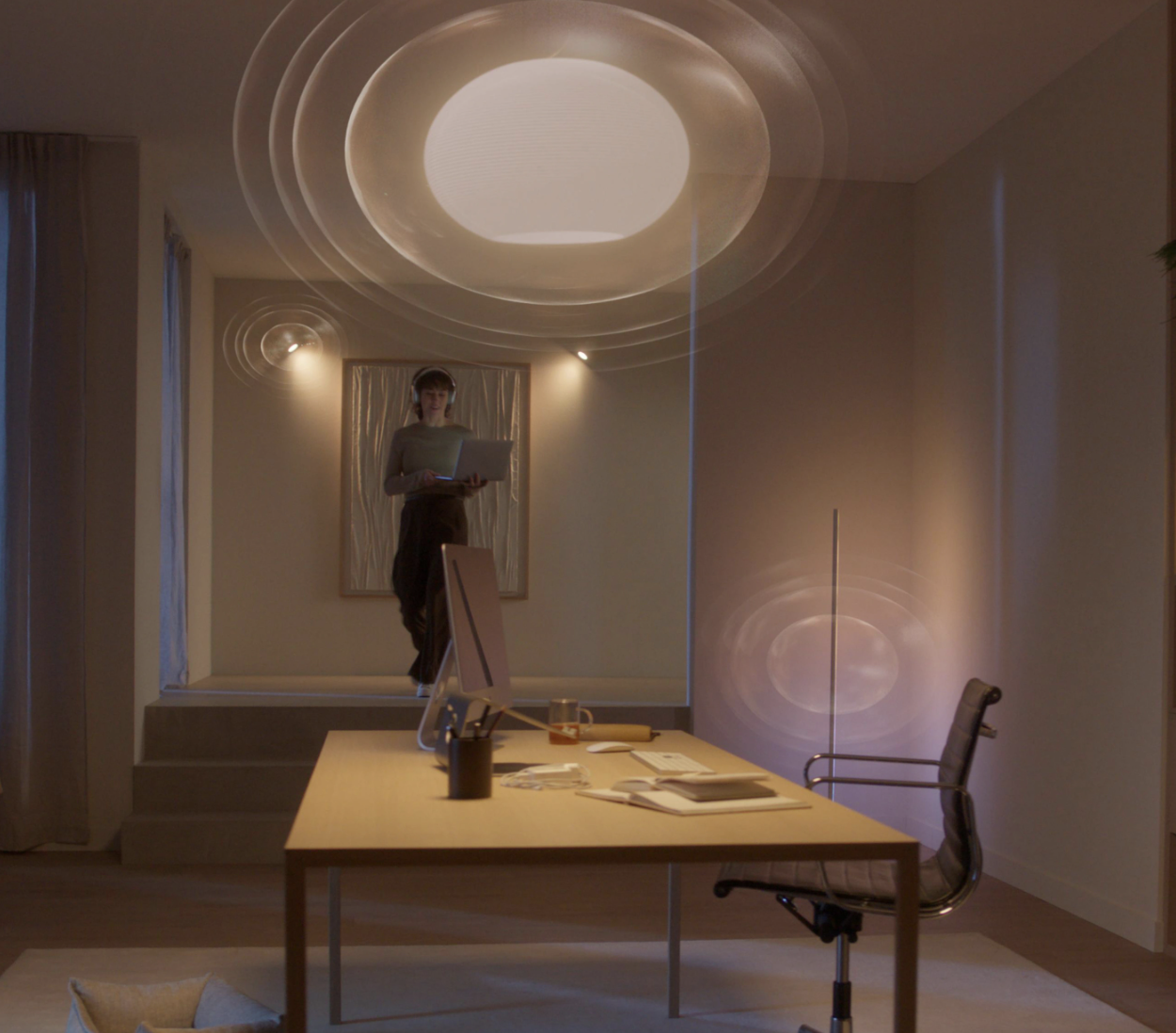
Previous Hue Bridge products could only perform some basic automation tasks, as they had specs that made an ESP32 device sound beefy. The new Bridge Pro is internally an actual computing device, with a sizeable amount of RAM and storage. It now also enables their MotionAware feature, which allows you to use your regular Hue light bulbs to sense motion in a room. Granted, you need three or more Hue devices scattered across each room to become MotionAware, but it works surprisingly well, is still all local, and is a great example of making the most of the tech you already have.
Better than all of that, the 2025.10 release of Home Assistant will support the Hue Bridge Pro locally!
ForgetThings
On the topic of new directions, SmartThings is showing signs that it’s given up on Z-Wave after years of strong support. Aeotec has taken on much of the responsibility of building SmartThings hubs. This month Aeotec announced their new Smart Home Hub 2, which does not include Z-Wave support. Previous hubs as far back as 2012 have supported Z-Wave, and this will put the many SmartThings badged Z-Wave devices in a weird place.
Home Assistant recently upped our Z-Wave support with the release of our Connect ZWA-2. We also massively overhauled our SmartThings integration. So in future, when supply of previous Z-Wave capable SmartThings hubs dries up, we’ve got you covered.
FLOSS podcast
I was recently on the FLOSS Weekly podcast, and we had a deep conversation about all the Open Home and open source technology we build and use. I also shared the best way to unlock your front door with your voice 😅.

Frient joins Works With Home Assistant

Danish smart home brand Frient has officially joined the Works with Home Assistant program. They have brought some sleek Zigbee devices to the program, all available in Europe, and tested to work great with Home Assistant.
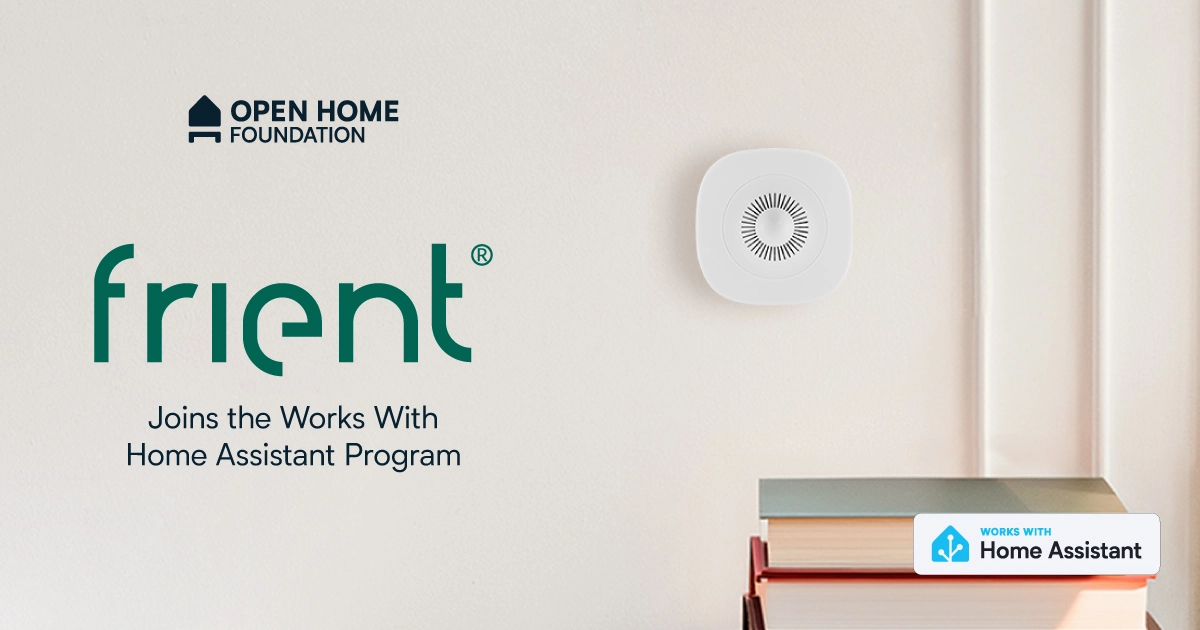
Community highlights
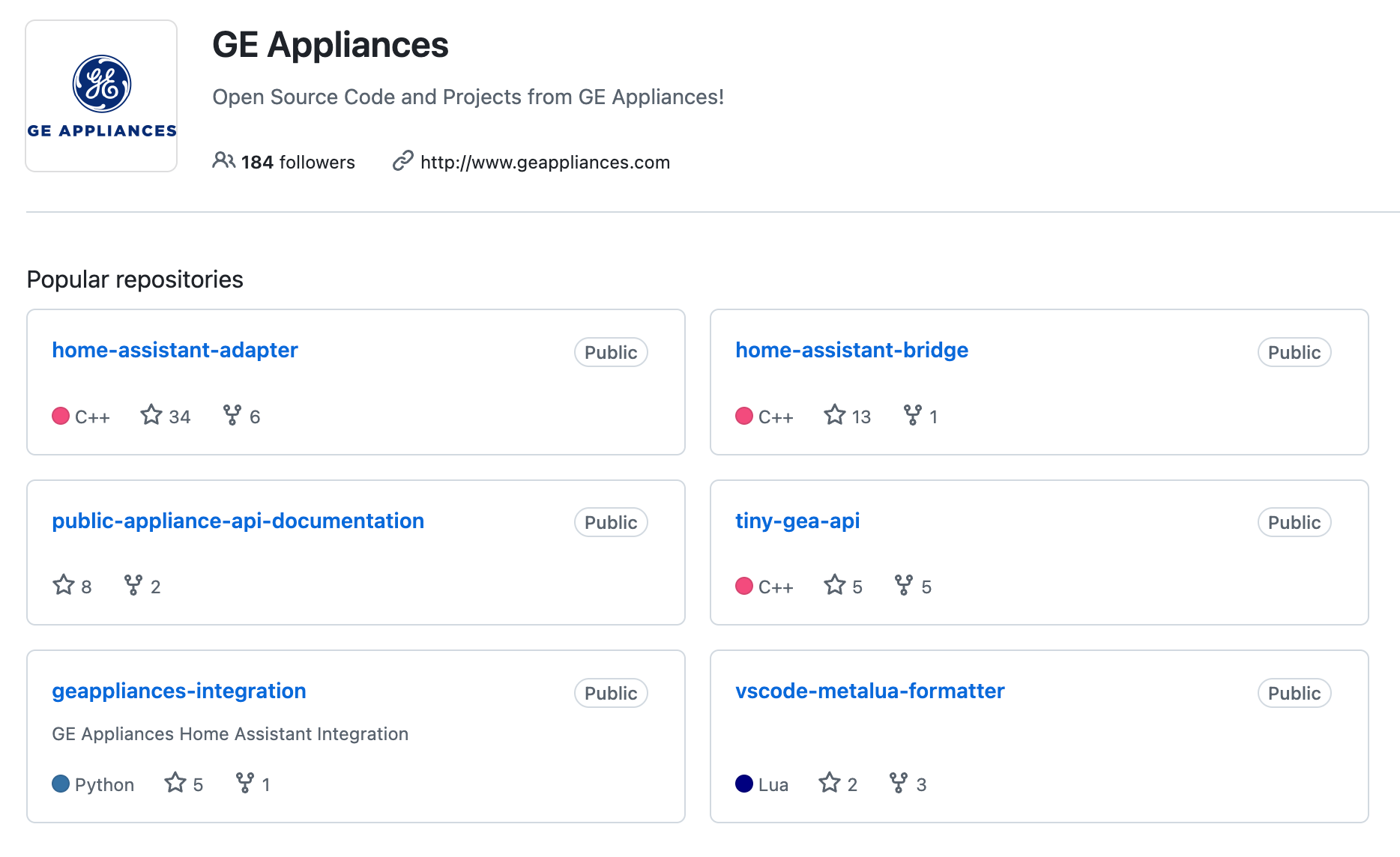
Even companies can be part of the community. We recently spotted the GE Appliances GitHub page (yes, a 120 year old appliance manufacturer can have a GitHub page) that they’re working on connecting appliances to Home Assistant via a local API 😎.
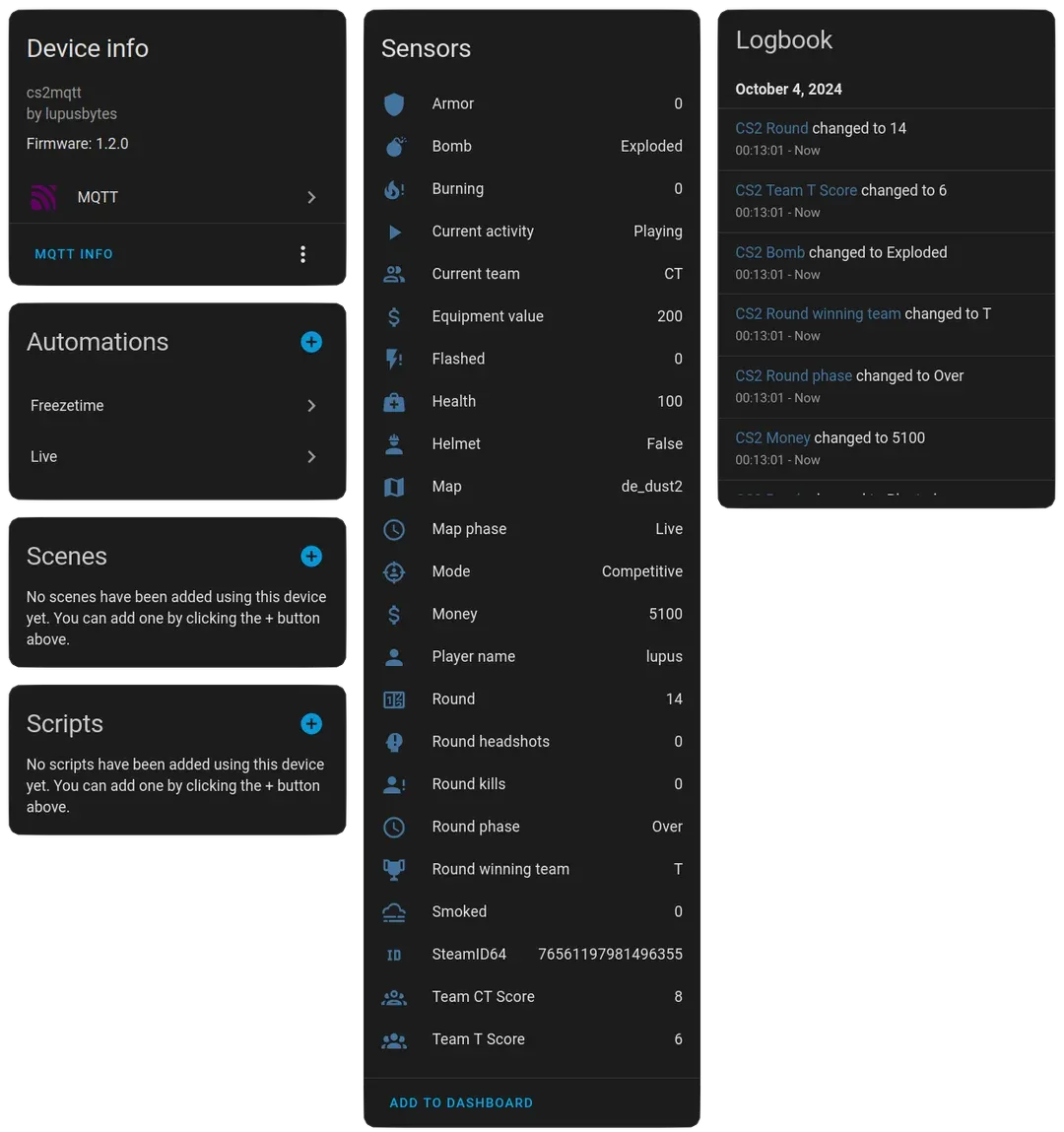
Automate your lights to go wild when you defuse the bomb, or when it goes off. A previous community project made this possible, but was deprecated, so LupusOnFire took on the task of bringing this back and we now have cs2mqtt.
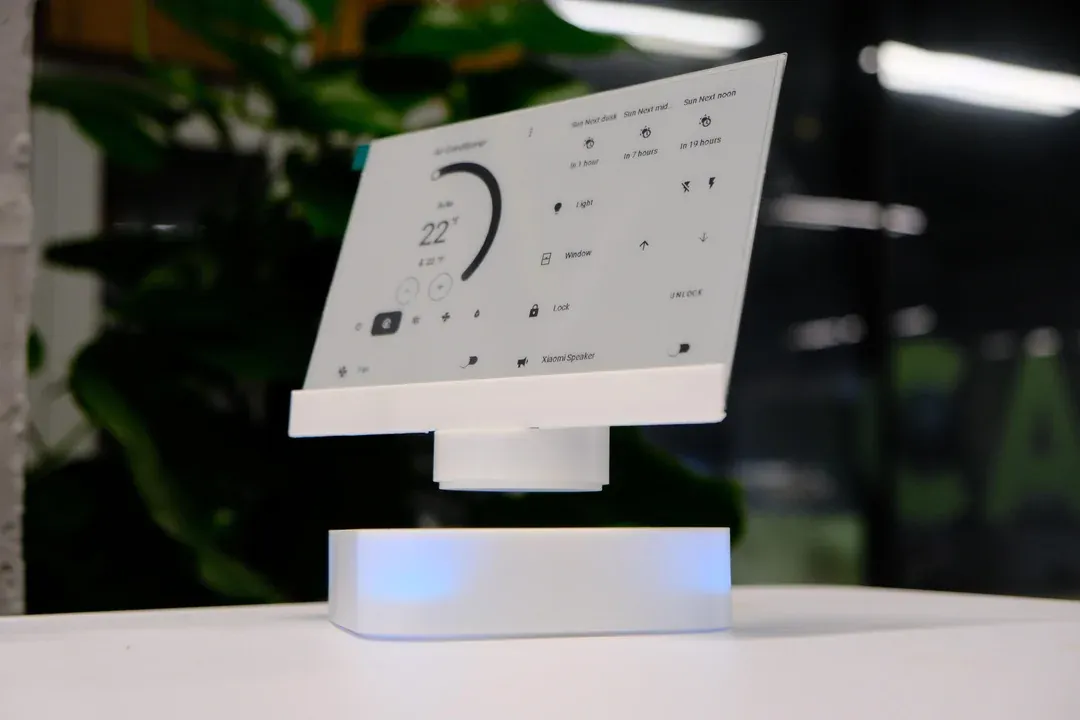
I’m sorry these e-ink dashboards have gone too far. This one floats for no reason… still Miserable_Bluejay663 did something cool and I commend that.
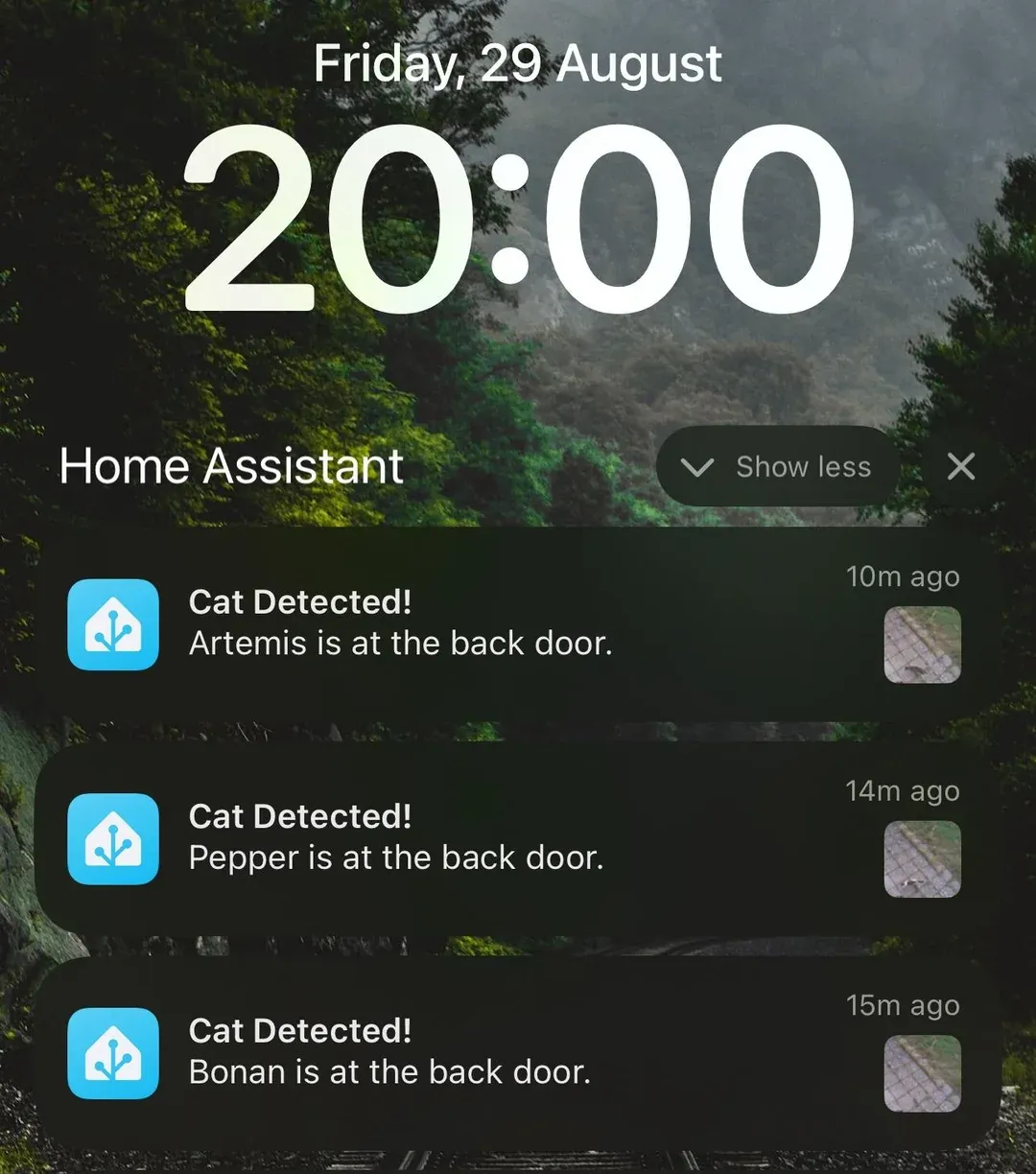
Could the cat just make up its mind whether it’s coming in or going out! Well now AI can help with my decision to go to let it in, thanks NanorH.
Enjoy this newsletter?
Support the Open Home Foundation, subscribe to Home Assistant Cloud
Forward to a friend, sharing is caring.
Anything else? Hit reply to send us feedback or say hello. We read everything!
|


